Telematics policies remain a niche product, but for how long? With more insurers looking to provide their high-risk customers with a black box, we examine the technology and the implications for the industry
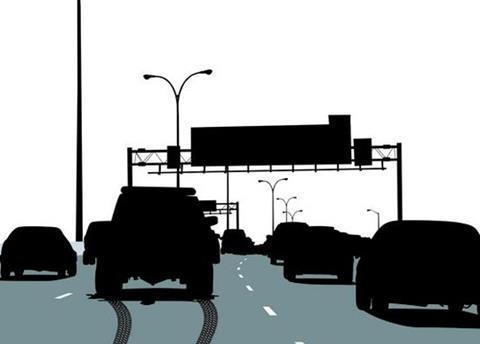
The huge quantity of data collected by telematics providers allows in-depth analysis of driving behaviour and traffic patterns. The technology can improve our understanding of how crashes occur and why accident black spots exist, and can provide new information about potential accident areas where heavy braking is common. If a customer regularly uses a route on which drivers tend to brake heavily, then the insurer may want to know about it.
Access to this data may be valuable to a range of organisations, making ownership and access to such data a contentious issue.
An Information Commissioner’s Office spokesman says: “The use of this technology raises some privacy concerns, and we continue to advise insurance companies on how they can use black boxes in vehicles in compliance with the Data Protection Act. This includes making sure that the customer is made aware of what information is being kept about them and for what purpose. The information should also only be processed by the insurance firm as long as the agreed policy remains in place.”
Usually it is only the insurer who can view the data, as well as the customer, who can view their own driving records online or on a smartphone application. Insurers do sometimes provide telematics operators with access to aggregated data, to help improve their product.
MyDrive founder and chief technology officer Richard Jelbert says: “When we engage with insurers we try to negotiate an element of access to the data on an aggregated basis, where the routes are topped and tailed so that individuals are not identifiable.”
How it works: The different approaches
to telematics
Cobra
- Collects 40 different fields of information, including date and time, GPS location and acceleration/deceleration.
- Uses three accelerometers, which categorise drivers’ behaviour using five different g-force thresholds to build up profiles.
- Can collate data several times per day, using a selection of the 40 fields of data.
- Produces a driver profile summary.
Tech speak
Cobra UK technical director Chris Cooper: “Accident reconstruction is becoming a big issue because of fraudulent claims. You have to go beyond a simple GPS device. You can detail how fast the car was going, the rate of deceleration, whether it was head-on, or if it was going sideways. You’ve got to have that granularity.”
Distribution
Cobra provides the technology for Wunelli, which under the Coverbox brand provides a pay-as-you-drive telematics solution for the
Co-Operative’s Young Driver Insurance.
‘We’re able to reconstruct the g-forces on the car in three dimensions every 12.5 milliseconds, 40 seconds before and 30 seconds after an event’
MyDrive
- Relies on GPS data.
- Records latitude and longitude on a second-by-second basis, and relays it back to a server in real time.
- Builds the profile of a perfect driver, which is used to calibrate a safe driver score.
- Uses a safe driver score - a number out of 100 - based on performance in five key areas: consistency, pace, smoothness, calmness and anticipation.
Tech speak
MyDrive founder and chief technology officer Richard Jelbert: “Our methodology is that the box does as little as possible, capturing the one-second data and compressing it into a small payload size that can be transmitted through the air, and then all the hard work happens on the server. We’re able to look at the manoeuvres and work out the traffic environment.”
Distribution
MyDrive has teamed up with personal lines broker Autoline in Ireland to launch the first iPhone-based telematics device. A deal with a major global insurer is set to be revealed this month.
‘The box does as little as possible, capturing the one-second data and compressing it into a small payload size that can be transmitted through the air’
Octo Telematics
- Uses a clear box about the size of a smartphone, to detect time, location (GPS) and g-force, using an accelerometer.
- Information is relayed back to a central service centre and used to build up driving behaviour data.
- Draws on a range of general parameters, and can analyse data to support specific policy strategies.
- Has stolen vehicle recovery, automatic crash notification (eCall) and crash data recording.
Tech speak
Octo Telematics head of sales, UK, Domenico Mariconda: “It’s important for insurers to maintain a balance between quantity of data collected and what’s required for a policy. An excess of data can result in overloading the cost of the insurance product.”
Distribution
In the UK, Octo provides the technology for Insurethebox. It also has 50 clients worldwide, including Mapfre in Spain, and Groupama Univé in France.
‘It’s important for insurers to maintain a balance between quantity of data collected and what’s required for a policy’
Smartphone telematics
The GPS capabilities of smartphones are often cited as a possible direction for telematics providers, though concerns over customers’ failure to use the technology properly have prevented things from moving forward. But the recent announcement by MyDrive and Irish broker Autoline, that they have developed a downloadable smartphone app to replace the black box, has moved the goalposts.
The phone sits in a cradle, and the app begins recording data when the phone is plugged in. Usage is logged, and customers who appear to be using the application unreliably may be liable to higher excesses.
Are men or women better drivers?

Telematics data could help to recalibrate any swing in pricing following the introduction of the EU gender directive in December. What does the data say about differences in driving between men and women?





























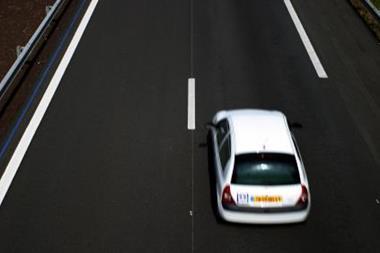
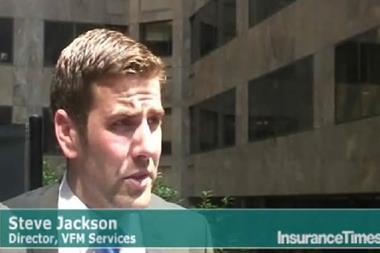
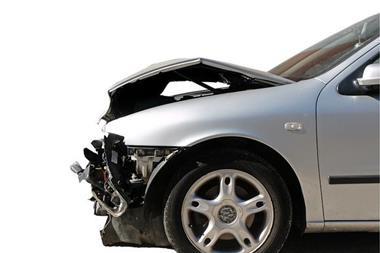
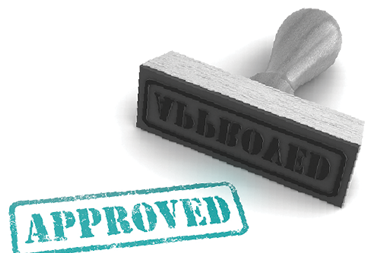
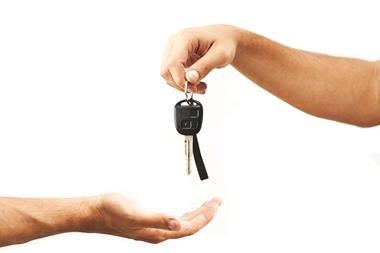
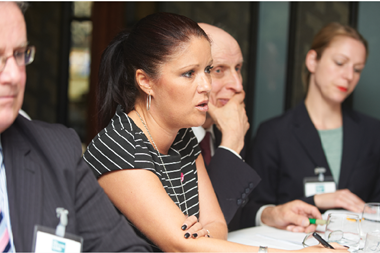



No comments yet